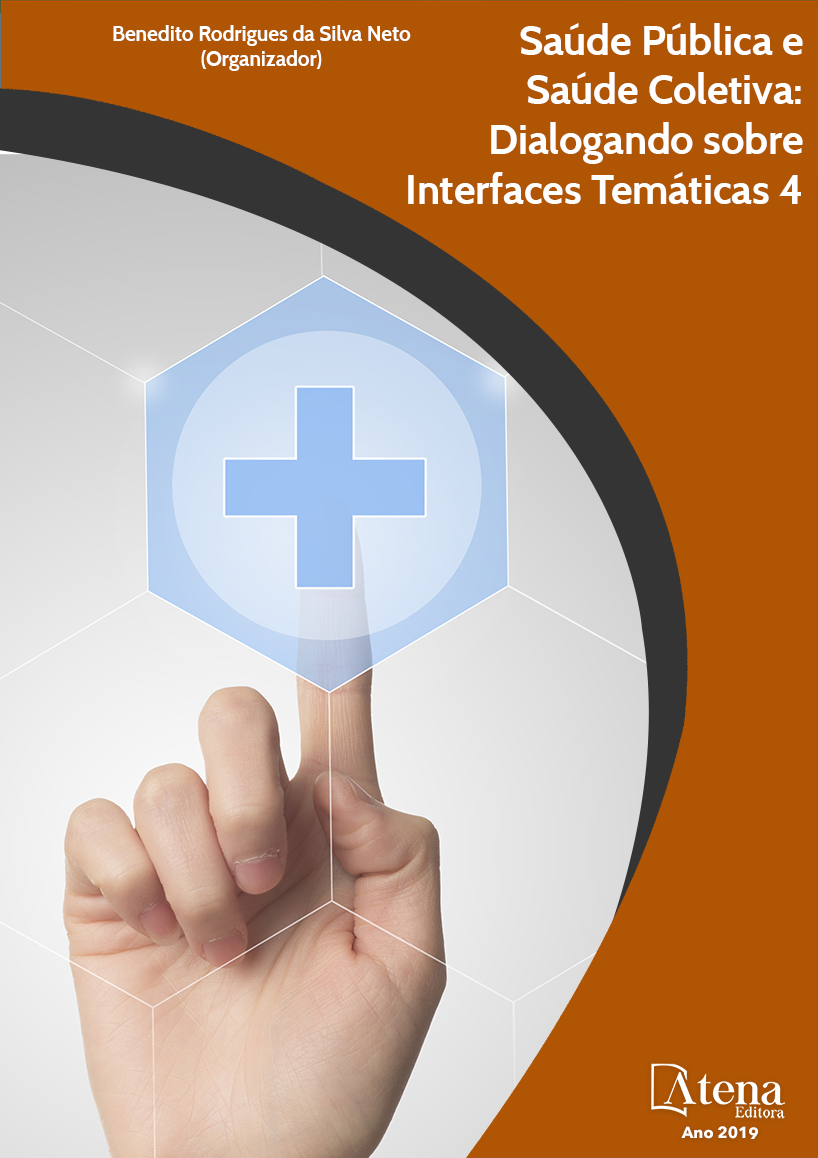
DIAGNOSTIC CONDUCT AND MANAGEMENT OF NEONATAL SEPSIS: A SYSTEMATIC REVIEW
Introdução: A sepse neonatal é
dividida em infecção neonatal: precoce quando
associada à origem materna e provavelmente diagnosticada até 72 horas após o
nascimento, e posteriormente, que é a forma associada ao hospital com o diagnóstico
após 72 horas. A sepse neonatal é uma das principais causas de morte em bebês,
especialmente bebês prematuros que são mais suscetíveis a infecções do que crianças
em outras idades. Objetivos: Realizar uma revisão sistemática dos dados atuais sobre
o comportamento diagnóstico e manejo adequado da sepse neonatal. Métodos: O
estudo consiste em uma revisão de literatura, realizada na base de dados PubMed
Central: PMC e Scielo, com o algoritmo de busca “neonatal”, “sepsis” e “morbidade”. Os
seguintes filtros foram utilizados: “últimos cinco anos” e “humanos”. Incluíram-se artigos
publicados entre 2013 e 2017, em inglês, português e espanhol. Foram excluídos os
estudos que não se referem à sepse no neonato e trazem a definição de sepse neonatal
tardia como aquela que ocorre 48 horas após o nascimento. Resultados e Discussão:
A hemocultura é o padrão ouro para o diagnóstico de sepse neonatal. Ampicilina e
gentamicina foram alocadas como a primeira escolha do regime antimicrobiano inicial
para infecções neonatais. As cefalosporinas de terceira geração devem ser usadas
rigorosamente. O uso de agentes antivirais e antifúngicos pode reduzir a mortalidade e
a morbidade devido à doença viral e fúngica específica. Conclusão: Concluímos que
o padrão ouro para o diagnóstico da sepse neonatal continua sendo a hemocultura.
Ampicilina e gentamicina represemta a primeira escolha para o tratamento.
DIAGNOSTIC CONDUCT AND MANAGEMENT OF NEONATAL SEPSIS: A SYSTEMATIC REVIEW
-
DOI: 10.22533/at.ed.98319020921
-
Palavras-chave: Neonatal. Sepse. Morbidade.
-
Keywords: Neonatal. Sepsis. Morbidity.
-
Abstract:
Introduction: Neonatal sepsis
is divided into neonatal infection: early when
associated with maternal origin and likely
diagnosed within 72 hours after birth, and later,
which is the form associated with the hospital
with the diagnosis after 72 hours. Neonatal
sepsis is a leading cause of death in infants,
especially premature infants who are more
susceptible to infections than children in others
ages. Objectives: To perform a systematic
review of the current data on the diagnostic
behavior and proper management of neonatal
sepsis. Methods: The study consists of a
literature review, held in the database PubMed
Central: PMC and Scielo, with the search
algorithm “neonatal”, “sepsis” and “morbidity”.
The following filters were used: “last five years”
and “humans”. Articles published between 2013
and 2017, published in English, Portuguese
and Spanish, available in full text format were
included. We excluded studies that do not
refer to sepsis in the neonate and that define
the definition of late neonatal sepsis as that
which occurs 48 hours after birth. Results and
Discussion: Blood culture is the gold standard
for the diagnosis of neonatal sepsis. Ampicillin
and gentamicin were allocated as the first choice
of the initial antimicrobial regimen for neonatal
infections. Third generation cephalosporins
should be used severely. The use of antiviral
and antifungal agents may reduce mortality
and morbidity due to specific viral and fungal
disease. Conclusion: We conclude that the
gold standard for the diagnosis of neonatal
sepsis continues to be blood culture. Ampicillin
and gentamicin are the first choice for treatment.
-
Número de páginas: 15
- Álef da Silva Amorim
- Sara Oliveira da Silva
- Vasti Léia da Silva Lima
- Peter Richard Hall


